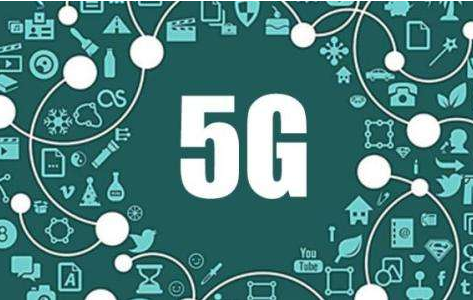Recently, Qualcomm released the results of its 5G network simulation, revealing that 5G browsing speeds have exceeded 490 Mbps, with download speeds increasing by up to 10 times compared to LTE, which currently runs at around 8 Mbps. The company also mentioned that the 5G NR network might be launched next year, signaling a major shift in mobile connectivity.
In recent months, we've heard a lot about the theoretical speeds of 5G networks. But how does it perform in real-world conditions? Qualcomm is addressing this question using the results of its 5G simulation tests presented at the Mobile World Congress (MWC) in Barcelona. The findings show that 5G is indeed significantly faster than current LTE networks, offering a much smoother and more efficient user experience.
The simulations were conducted based on the existing mobile base station locations and frequency allocations, focusing on real-world scenarios in Frankfurt and San Francisco. Factors such as terrain, user demand, and the presence of multiple devices requiring different network speeds were all taken into account. This approach helps provide a clearer picture of what users can expect once 5G becomes widely available. Importantly, these tests were conducted on 5G NR networks rather than standalone 5G systems, which are still under development.

In Frankfurt, the simulation used 100 MHz in the 3.5 GHz band, built upon a Gigabit LTE network with five LTE bands. The results were impressive—ordinary 5G users experienced browsing speeds over 490 Mbps, far surpassing the 56 Mbps of typical 4G users. Moreover, over 90% of 5G users could download at least 100 Mbps, compared to just 8 Mbps on LTE.
The San Francisco test was even more remarkable. Using 800 MHz in the 28 GHz millimeter wave band, the network was based on a Gigabit LTE setup with four licensed LTE bands and LAA bands. The results showed that average 5G download speeds reached 1.4 Gbps—over 23 times faster than 4G's 71 Mbps. Additionally, 90% of users saw their download speeds jump from 10 Mbps to 186 Mbps, with some reaching as high as 442 Mbps.
Video quality also improved dramatically. 5G users could stream 8K resolution videos at 12 FPS with 10-bit color, showcasing the potential for ultra-high-definition content on mobile devices.
While these results are promising, it’s important to remember that they are still simulations. Real-world deployment will require significant efforts from device manufacturers, network operators, and infrastructure providers to support the new 5G NR standard alongside existing LTE networks.
Even if 5G only achieves half of these simulated speeds, it would still represent a massive improvement over current technologies. This advancement has the potential to revolutionize how we use smartphones, tablets, and other connected devices, paving the way for smarter cities, better streaming, and more immersive experiences.
Multifunctional Power Meter,Power Meter,Multi-Function Ammeter,Multifunction Meter
zhejiangjinyidianqiyouxiangongsi , https://www.jooeei.com